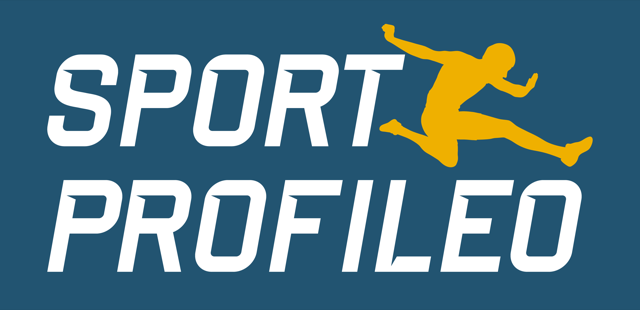Perhaps you are familiar with the 360° principle? It consists of a manager asking his or her professional entourage to shed light on his or her leadership skills through an online questionnaire. The answers are aggregated in a report, which is debriefed between the manager and the person accompanying him/her (consultant, coach). The 360° is a great development tool for a manager: it allows him/her to get to know him/herself better, to identify his/her strong and weak points, to build a progress plan, and, in fine, to better engage his/her team.
Having used this approach on several occasions in "classic" organisations and having observed its power, I asked myself the question: how can it be adapted to high-level coaches, these managers who are not quite like the others?
In my view, the main adjustments to be made in order to implement a 360° approach with high-level coaches are as follows
- Specific communication: it is essential to have a discussion with the coaches before the process begins in order to clarify the objectives and procedures. This ad hoc communication, which is necessary when setting up a 360° approach in any organisation, is even more so in the world of elite sport. The 360° approach is indeed innovative in top-level sport: as such, it may arouse envy, but also some reluctance on the part of coaches. Indeed, while feedback from the coach to the athlete is the rule in high-level sport, feedback from the athlete to the coach is still not deeply rooted in the culture. A karate coach recently told me: "I would not accept being criticised by an athlete. Hence the importance of an exchange prior to the launch of the 360°, to make the coach aware of the benefits of the system and to remove any reservations he may have.
- Appropriate categories of assessors. In "classic" organisations, three categories of evaluators generally participate in a manager's 360° feedback: his or her collaborators (N-1), his or her managers (N+1 and N+2) and his or her colleagues (i.e. people who are not in the manager's hierarchy). In high-level sport, I suggest mobilising the following three categories of evaluators: " the athletes" , " the managers " (of the club, centre or federation concerned), and finally "the staff members and other coaches ".
- A specific competence model. As I wrote earlier, the high-level coach is not a manager like any other. Periods of living together with his or her "collaborators" during training courses and competitions, media pressure, a rapid succession of important deadlines, management of two populations (staff and athletes), and the large size of the workforce managed directly (in team sports): there are many variables that distinguish the high-level coach from a manager working in an administration or a company. This is why it is important to use a specific competency model for the 360° approach: whether it is the result of a club's or federation's reflection on the essential competencies needed to succeed as a coach in their organisation, or whether it has been developed for high performance coaches as a whole.
Would you like to know more about Sport Profileo's 360° solution and/or train yourself to use it? It's here !
